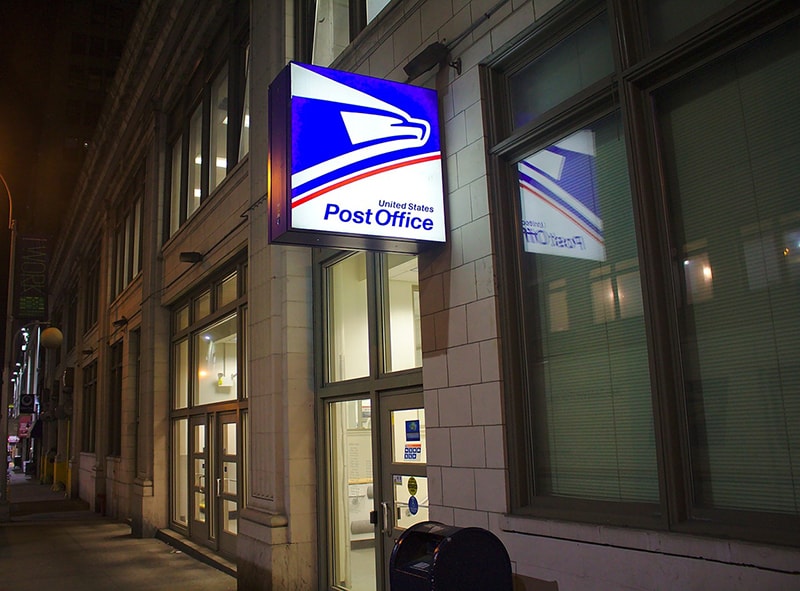Click here to get this post in PDF

With computerized logistics, tracking and the possibility that your letter could reach its recipient on the other side of the country in one day the US Postal System (USPS) has come a long way since its origins back in 1775. Before we move forward and start our topic, here is a platform with the best mail services’ you can check it out if you’re looking for a post office near me.
From humble beginnings
Founding Father Benjamin Franklin was the first US postmaster general and the service’s first major development came in the 1830s when mail began to be delivered by locomotives with Washington D.C., Baltimore and Boston becoming major hubs.
Until the mid-1800s, there were no stamps or mailboxes, delivery was expensive and it had to be collected from a post office as there was no door delivery service. A far cry from today when, for example, checks and key financial documents can be with their intended recipient within 24 hours.
In 1887 the first postage stamp was used; up to then, the recipient had to pay postage and shipping costs. The original stamps featured the likeness of Benjamin Franklin and President George Washington.
Horses and powered vehicles
The Pony Express delivered mail on horseback over distances of 2,000 miles in 10 days but it foundered after barely 18 months in operation in October 1881 having lost considerable sums of money. Then, by the end of the 19th century, electric vehicles became part of the delivery process cutting the horseback delivery times by 50 percent.
By the end of the 1970s, gas-powered vehicles had become the standard method for mail delivery vehicles.
Airplanes came on stream soon after the beginning of the 20th century with the first airmail delivery originating from New York in 1911.
Postage meter
By 1902 the need for physical stick on stamps was reduced by the introduction of the postage meter by American inventor Arthur Pitney – what we now call the franking machine.
Creation of the USPS
Structurally the postal service Americans are familiar with now only dates back to 1970 when the Post Office Department was replaced by the newly formed USPS; a self-supporting government entity.
The USPS doesn’t receive appreciable taxpayer funding; it is mainly self-supporting even though it operates under terms set by US Congress.
The tech revolution
The USPS set up its first website in 1994 as the Internet became established. Soon after, sophisticated tracking tech came into widespread use to enable logistics centers to route mail and packages throughout the US and to other countries in the case of the international post.
Tracking tech also made it possible for the public and other users of the USPS to check on the progress of their parcels and post online; invaluable for senders to inform their customers accurately when the post should arrive.
Tracking tech has even helped solve crimes through logging IP addresses used by people tracking parcels and other posts.
USPS now
While highly sophisticated in terms of logistics and tech, the USPS has lost money every year since 2006 – mainly due to demand for mail services declining as people use electronic options such as email. By about 2013, first-class mail volumes had dropped by 30 percent in the six years after 2007.
Future concerns
The USPS is somewhat hampered in trying to adapt and cost-saving in the light of severe financial losses caused by market forces by government intransigence; Congress blocked various proposed reforms.
The future is uncertain; the USPS could finally collapse or it may take huge subsidization by taxpayers to keep the mail moving.
You may also like: Why Address Verification is Important to Your Business
Image source: Pixabay.com

Ben,
Nice article. I can understand why you would want to mention the Pony Express in your story, but you might have made it clear that it was a private venture, not a service of the Post Office Department.
Best regards,
Thank you. Fair point.
It was operated as a US Post Office contractor in its final months. There are, however, a lot of inaccuracies in this story. It also uses terms like “tracking tech” and “franking machine” that are not normal in US speech.